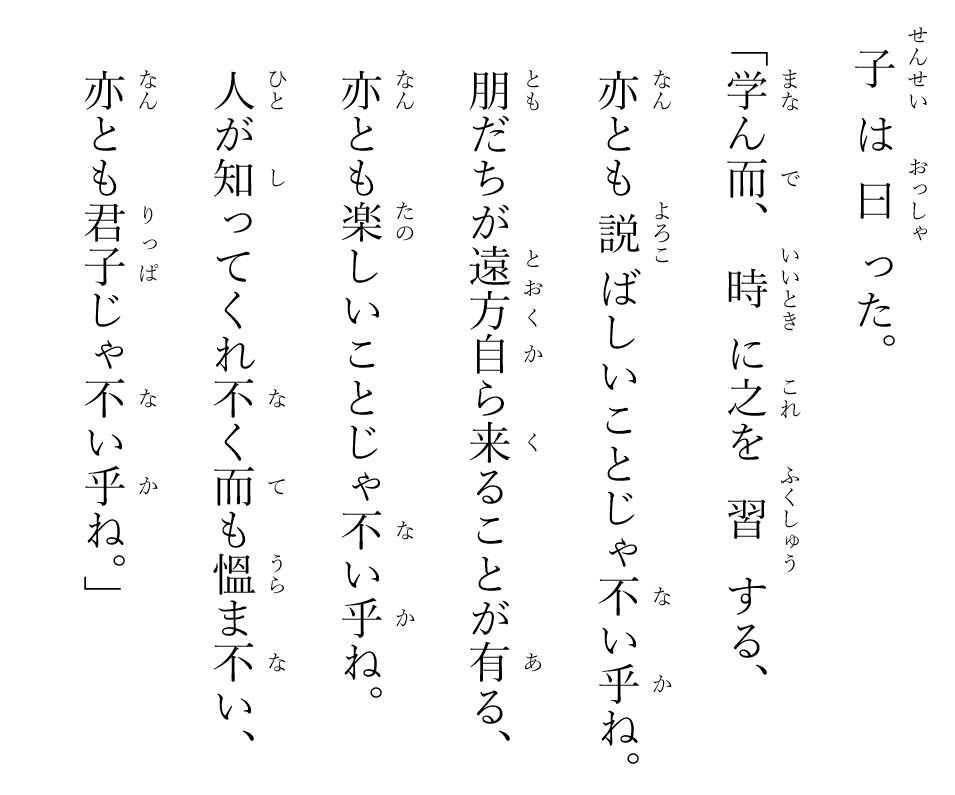Naga people of Melaka
The following names are listed by Reid (1993) as examples in his description of the Indian merchantile caste and Chettiar community in Southeast Asia:
Naina Chatu, Naina Suradewana, Naina Kurapan, Naina Tirivanga
Any history enthusiast with an interest in the medieval Malay world should recognize one or two of the Nainas on the list. Naina (நைனா) is, in fact, a masculine honorific title. The term, rendered as nāyana in Telugu, signifies a father or patriarchal leader. In modern terms, Naina Chatu simply translates to Chief Chatu, Tuan Chatu, Dato' Chatu or Boss Chatu.

Naina Chatu was originally one of the Shahbandar or the leader of the gentile community in Melaka. However, following the execution of Utimutiraja by the Portuguese, Naina Chatu was entrusted with the leadership of both the Muslim and non-Muslim communities in Melaka.
The Nainas were likely from the Jaffa Peninsula3 in Lanka. A key piece of evidence supporting this claim lies in the name of a small island off the coast of the Jaffa Peninsula. Reflecting the historical tribal feud between the Dravidians and Indo-Aryans, the island is known as Nainativu (நயினா + தீவு) in Tamil and Nagadeepa (नाग + द्वीप) in Sanskrit or Sinhalese.
Naga is commonly associated with snakes or dragons, symbolizing power and majesty. It seems reasonable for the ancient people in Lanka to draw a semantic connection between naina and naga, as both terms evoke a sense of exaltedness and high social status.

Now that we have loosely established the connection between naga and naina, we would like to highlight two interesting artifacts that indirectly imply the deep integration of memetic components of Nainas within the Malay atmosphere.
The first meme is the rabbit-pelanduk duplex. In the version recount to Pires between 1511 and 1517, the mammal displaying extraordinary valor was not explicitly identified as a pelanduk, but described as an animal resembling a rabbit, with a feet like a little buck and a short tail. This tale also appears in the Sejarah Melayu and an folklore4 from Lanka, with narratives treated almost identically. However, in the Malay version, the Rock of Tranquility was replaced by the Tree of Melaka.
The second meme is the word peranakan. If we deconstruct the word into pera (ڤرا) and nakan (نقن) and have them tortured and interrogated by a Tamil lexicographer, they are likely to confess their origins as descendants of Nainativu who emigrated to Melaka, for piṟa (பிற) in Tamil generally means ‘other', ‘different', or ‘of another'. It can also imply something distinct or separate from what is being referred to. Since nāgan (நாகந்) is associated with Nainativu, piṟanāgan can be interpreted as ‘another tribe from the Nadu of Naga'. The term, as we all know, was later borrowed to refer to Straits-born Chinese.
- Suradewana is apparently Suryadewa (Sun god), a name not uncommon in Bali. Reid equated Naina Suradewana with Nina Curya Dewa in Portuguese writings. See Anthony Reid (1993) Southeast Asia in the Age of Commerce, 1450-1680, Volume Two: Expansion And Crisis, Yale University Press, New Haven, p. 112.
It is likely that Chatu was a Portuguese corruption of Chetu or Setu if we consider the following phonetic variations: Chettu チェットゥ, Settu, セットゥ, Sethu セトゥ, Chetti チェッティ, Setti セッティ, etc. For example, Sethupathi (Lord of the Bridge) was the title used by the leader of a ruling family in Jaffna peninsula. The ‘bridge' baked into the title is the Rama Bridge or Rama Setu (राम सेतु) is a chain of natural limestone shoals, between Chetti-nadu (Land of the Bridge) and Lanka (the Island).

Another contemporary of Naina Chatu was Tuao Nacem Mudaliar (Tuan Nasim Mudaliar), the maternal uncle of Sultan Mahmud, whom he sent to China during his exile in Pahang. Mudaliar arrived in China in 1521 with the mission to seek assistance from the Ming administration in recovering Melaka from the Portuguese, whom he referred to as ‘Sea Robbers'.
Actually, the final stage of a typical Chettiar management trainee program is the Mudalāḷi (முதலாளி), a term cognate with Mudali and Mudaliar (முதலியார்).
- Aṣṭasenā is formed from aṣṭa (octa = 8) and senā (legion, division, tribe). Aṣṭasenā was translated by Jin Yong 金庸 (b. 1924, d. 2018) into 天龍八部, which is also the title of his novel, penned and serialized between 1963 and 1966.

- Or broadly speaking, northern Sri Lanka or southern India.
Nainativu can be loosely translated into ‘Lord's Island'. Other names for the the place are: naga-tivu and naga-nadu.
- Story 76 in the Village folk-tales of Ceylons (Vol. 2, p. 3):
At a certain place in Lankawa, there was an extensive forest. In that forest there were elephants, bears, leopards, wanduras, and many other jungle animals. At any time whatever, at the time when any animal springs for seizing an animal that is its prey, it comes running near a rock that is in an open place in the forest. Having arrived near the rock, the animals that ran through fear goes bounding back after the animal that is chasing it. Regarding that rock, it was the custom that it was (known as) ‘The Rock of the Part where there is Transquillity' (Sen-kada-gala).
One day a Basket-mender for the purpose of cutting bamboos went into this forest. While he was cutting bamboo a certain jackal went driving a hare on the path. At the time when the hare arrived near this rock the jackal began to run back, and the hare ran behind it.
The Basket-mender, having been looking at this, examined the place, and having gone near the King who was ruling at that time, told him of this cirsumstance. And the King, having thought that it is a good victorious ground, went there, and having built a city makes it his capital (raja-dhaniya). For that city he made the name Seṇ-kaḍa-gala (Nuwara Eliya ≈ Kandy).
- One is tempted to assume that the rabbit-like animal described to Pires was modeled after the hare in Seṇkaḍagala.
In Hikayat Raja Pasai, on the other hand, the animal who fought the King's hunting dog (aptly named Si Pasai) was explicitly described as a pelanduk.
It is likely that the version given in the Sejarah Melayu was a skillful amalgamation of the two stories. Another adjustment is clearly evident in Sejarah Melayu since Pires was told that the king with his hunting dogs was Megat Iskandar Shah, the son of Parameswara, and not Parameswara himself. The fact that the first two Rulers of Melaka were named Parameswara 拜里迷苏剌 and Megat Iskandar Shah 母干撒于的儿沙 was supported by solid data found in Chinese documents such as Ming Shilu and other publications by the Office of Foreign Affairs of Ming Government.
- Interestingly, the word peranakan is not found in Wilkinson's dictionary. Its absence suggests that it may not be a traditional Malay term and it likely not related to anak (انق). This reflects the complexity of linguistic evolution, especially in colonial and multi-ethnic regions, where words might not always be recorded or may be localized in specific contexts. We propose to translate Chettiars into 贚 or 贚族. The character 贚 conveys a sense of grandeur or noble status, as it juxtapose the naga with the credit radical 貝, reflecting both the root of the people and the social role played by the Nainas.




Comments